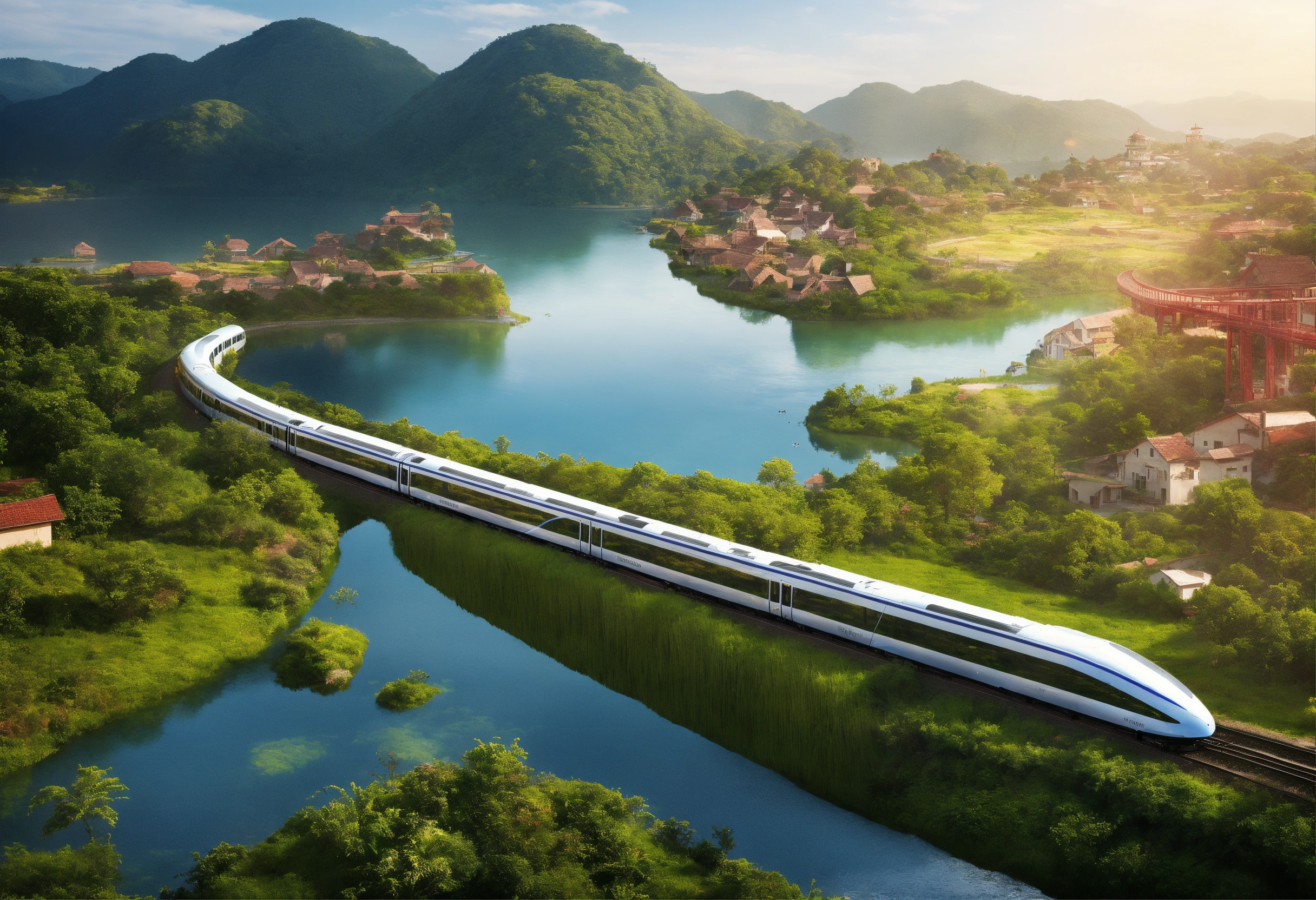
High-speed rail promises to revolutionize transport globally, but will Australia be able to catch up and integrate this technology into its vast landscape?
Australia’s rail network is primarily focused on freight and regional passenger services, with limited high-speed options compared to countries like Japan, China, and France. The existing infrastructure faces challenges due to vast distances and population distribution.
Several proposals for high-speed rail projects have surfaced over the years, such as the Sydney to Melbourne corridor, which could drastically reduce travel times and boost economic activity. However, funding, political will, and environmental considerations remain significant hurdles.
High-speed rail could provide Australia with sustainable transport options, reducing reliance on air travel and road traffic. It promises economic benefits through improved connectivity, tourism, and job creation in construction and operation phases.
Implementing high-speed rail requires advanced engineering to navigate Australia's geography and climate. Innovations in rail technology and infrastructure planning are essential to overcome these challenges.
Learning from countries with established high-speed rail systems, Australia can adopt best practices in safety, efficiency, and passenger comfort, tailoring solutions to its unique needs.
While the path to high-speed rail in Australia is complex, the potential rewards are enormous. With strategic planning and investment, Australia could join the ranks of nations benefiting from this transformative transport technology.
